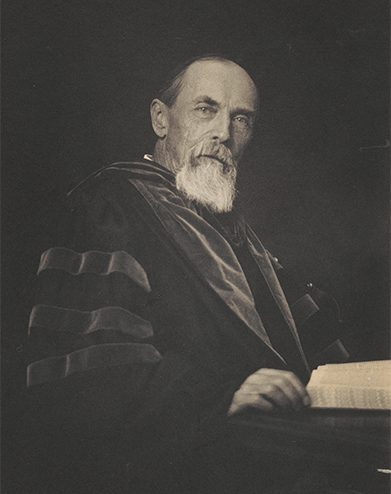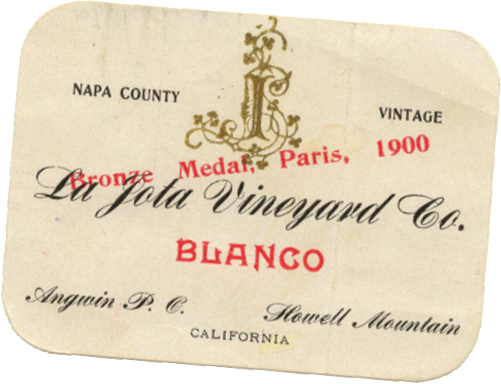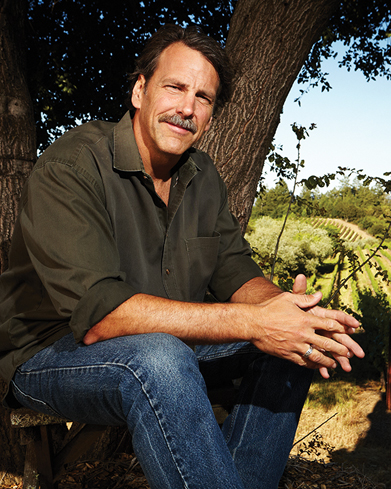Body:
General Mariano Vallejo, Director of Howell Mountain, Director of Colonization for the Northern frontier, authorizes a land grant of over 4,000 acres on the heavily forested Howell Mountain to George C. Yount, which he names Rancho La Jota. La Jota means “the letter J” in Spanish, and in the 1800s it was also the name of a popular Spanish dance.















